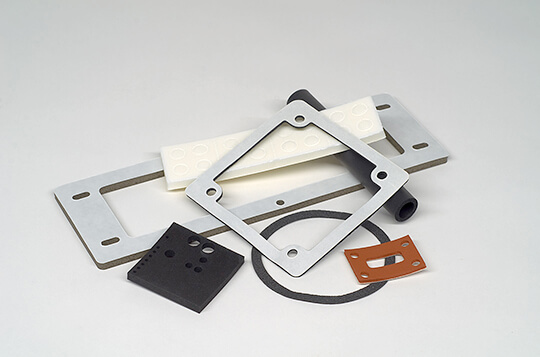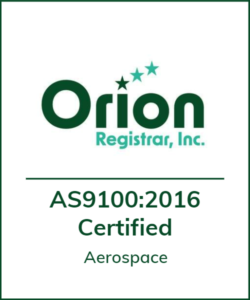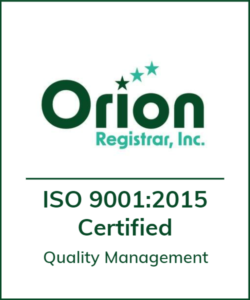- Cut thickness of material
- Cut width of material
- Coil material
- Apply adhesives

Sponge Rubber Gaskets
Closed cell sponge rubber gaskets use chemicals and heat to expand the material and create a “soft” or sponge rubber. Sponge rubber is generally sold by density or firmness. The primary types of solid rubber are also used to create sponge rubber. Sponge rubber is much more compressible than solid rubber and carries many of the benefits of solid rubber.
Has excellent memory, resistant to UV and ozone, high operating temperature range, excellent sealing and can be supplied in a UL 94 V-0 compliant product. Operating temp range of -100 - +450F.
Most commonly used for outdoor applications as it stands up to water, ozone and sunlight better than most others. Operating temp range of -70 - +220F. Generally referred to as RE41, RE42 and RE43 depending on density.
General purpose sponge rubber used for many indoor applications that have light contact with oil and other chemicals. Operating temp range of +40 - +175. Generally referred to as SCE41NEO and SCE42NEO depending on density.
Typically these are produced from a blend of EPDM, neoprene and SBR. This product is another good general-purpose material. It has the combined benefits of all the component materials. Operating temp range of -40 - +200. Generally referred to as SCE41, SCE42 and SCE43 depending on density.
This product is generally resistant to oil and fuel and is also meets certain flammability ratings. This material is extensively used in the automotive industry. Operating temp range of -40 - +200F. This product is referred to as IV1, IV2 and IV3 depending on density.
All of the above products can be supplied with PSA on one or both sides.
Get Started with Your Custom Part
Request a QuoteASTM D1056
ASTM D1056 is a universal guide to the various classes of sponge rubber. Typically, requirements will call out the type, class and grade. For example, 2A1.
Types
-
Type 1: Open-cell Rubber
-
Type 2: Closed-cell Rubber
Class
- A: Cellular rubber made from synthetic rubber, natural rubber, reclaimed rubber, or rubber-like materials, alone or in combination, where specific resistance to the action of petroleum base oils is not required.
- B: Cellular rubber made from synthetic rubber or rubber-like materials alone or in combinations, having specific requirements for oil resistance with low mass change.
- C: Cellular rubber made from synthetic rubber or rubber-like materials alone or in combinations, having specific requirements for oil resistance with medium mass change.
- D: Cellular rubber made from synthetic rubber or rubber-like materials alone or in combinations, having specific requirements for extreme temperature resistance (-103 to +347F) but specific resistance to the action of petroleum-based oils is not required.
Grades
- Grade 0: Compression-deflection range from 0-2 PSI.
- Grade 1: Compression-deflection range from 2-5 PSI.
- Grade 2: Compression-deflection range from 5-9 PSI.
- Grade 3: Compression-deflection range from 9-13 PSI.
- Grade 4: Compression-deflection range from 13-17 PSI.
- Grade 5: Compression-deflection range from 17-25 PSI.
Featured Capabilities


- Minimal set-up
- High accuracy/finish
- Ideal for prototypes

- Minimal set-up
- High accuracy/finish
- Ideal for prototypes

- Efficient in processing different materials.
- Can accommodate for long run times and large part sizes.
- Equipment also has milling capabilities.

- Rotary die-cutting
- Hydraulic presses
- Punch presses

- Manual presses
- Programmable travel head presses
- From roll or sheet stock

- Minimal set-up
- Large parts - 36" x 54"
- Low tool cost

- Cuts solid rubber and sponge rubber
- Allows for production of OD / ID parts
- Efficient and High-Speed

- Excellent alternative to molding.
- Ability to vulcanize extruded rubber.
- Ability to vulcanize sponge rubber profiles.

- Accurate to .00005"
- 27 x 27 bed
- Used for all first and last piece inspection

- Accurate to .00005"
- 27 x 27 bed
- Used for all first and last piece inspection

- Cut thickness of material
- Cut width of material
- Coil material
- Apply adhesives



